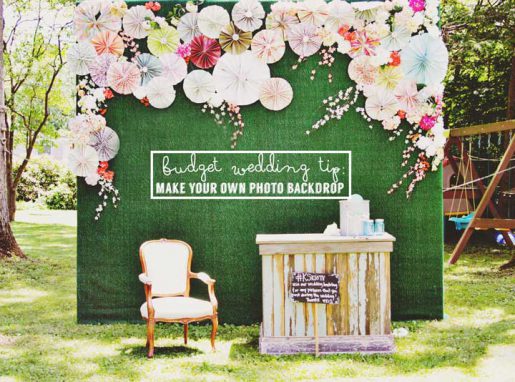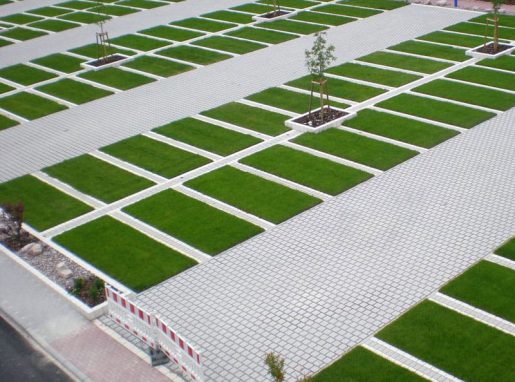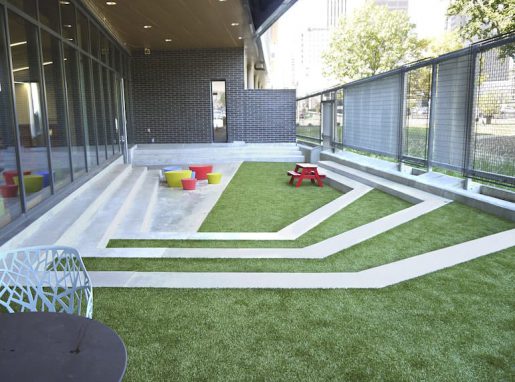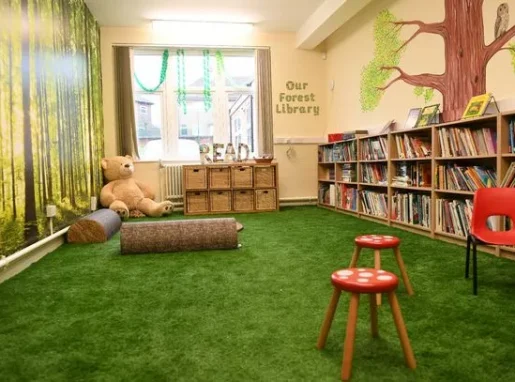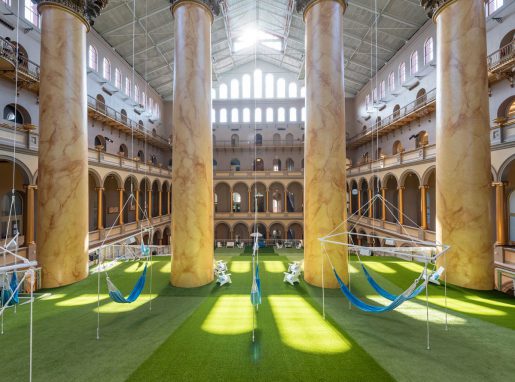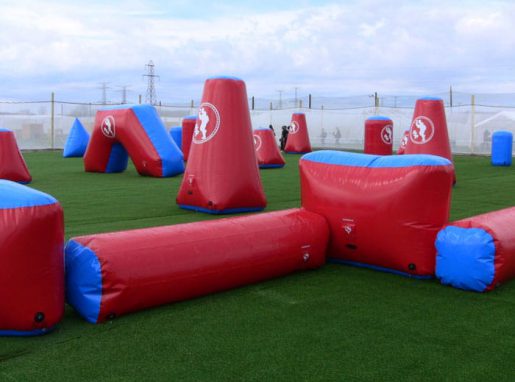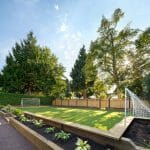Designing Gym Track with Artificial Turf: Combining Functionality and Performance
Gym tracks are dynamic spaces where fitness enthusiasts engage in a range of activities such as sprinting, sled-pulling, crossfit, and functional training. The integration of artificial turf into these tracks offers numerous advantages, from enhanced durability to improved aesthetics. Below are key design considerations when incorporating artificial turf into gym tracks:

1. Durability and Resilience: Select artificial turf designed to withstand the rigorous demands of high-impact activities. Look for a robust backing material and resilient fibers that can endure foot traffic, sled drags, and equipment usage without rapid wear and tear.
2. Shock Absorption and Safety: Prioritize safety by choosing turf with adequate shock absorption. This minimizes the strain on joints during intense exercises like sprints and jumps, reducing the risk of injuries and ensuring a secure workout environment.
3. Clear Markings and Layout: Gym tracks require specific markings for different exercises. Opt for artificial turf with pre-painted or tufted markings that clearly designate sprint lanes, crossfit stations, and other functional areas. Well-defined markings enhance organization and efficiency.
4. Traction and Grip: For activities involving quick direction changes or rapid acceleration, proper traction is vital. Choose turf that offers a balanced grip-to-slide ratio, empowering athletes to perform optimally without concerns of slipping.
5. Maintenance and Hygiene: Prioritize low-maintenance turf that is easy to clean. Gyms accumulate sweat, dirt, and dust, so select turf that can be effortlessly cleaned through regular sweeping and periodic washing.
6. Aesthetics and Branding: While functionality is pivotal, visual appeal matters too. Consider the gym’s overall design and color palette when selecting turf. Some gyms incorporate branded colors or logos into the turf design for a unique and visually captivating ambiance.
7. Eco-Friendly Choices: Opt for environmentally conscious artificial turf made from sustainable materials. This aligns with the growing trend of eco-friendly design in fitness spaces.
8. Professional Installation: Proper installation is critical to ensure the turf remains secure and performs as intended. Engaging experienced professionals for installation ensures optimal results.
Artificial turf can transform gym tracks into versatile and efficient spaces catering to diverse fitness activities. By carefully choosing turf that meets the demands of high-intensity workouts and considering essential design elements, you can create an inviting and high-performance workout environment for gym enthusiasts.
Design Concepts for Artificial Grass in Commercial Parking Lots
- Permeable and Sustainable Surfaces
- Designated Green Spaces
- Safety and Comfort
- Traffic Control and Wayfinding
- Branding and Aesthetic Enhancement
- Low Maintenance and Cost-Efficiency
Green Tranquility: Artificial Grass Elevates Dayton Metro Library’s Outdoor Oasis
- Nature Amidst Knowledge
- Year-Round Green
- Comfortable Retreat
- Community Engagement Spaces
- Sustainable Landscaping
- Ease of Maintenance
- Aesthetic Harmony
Forest-Inspired Library Transforms with Artificial Grass at St Maria Goretti Catholic Academy
- Nature's Touch
- Synthetic Serenity
- Whimsical Seating
- Minimal Maintenance, Lasting Appeal
- Reading Retreat
- Imaginations Awakened
Artificial Grass Design at the National Building Museum: A Green Oasis in the Heart of Architecture
- Aesthetic Harmony
- Sustainable Elegance
- Year-Round Appeal
- Public Recreation Spaces
- Versatile Applications
- Safety and Accessibility
- Educational Significance
Artificial Grass in Paintball: Enhancing the Paintball Experience
- Durable and Resilient
- Consistent Surface
- All-Weather Play
- Low Maintenance
- Player Safety


